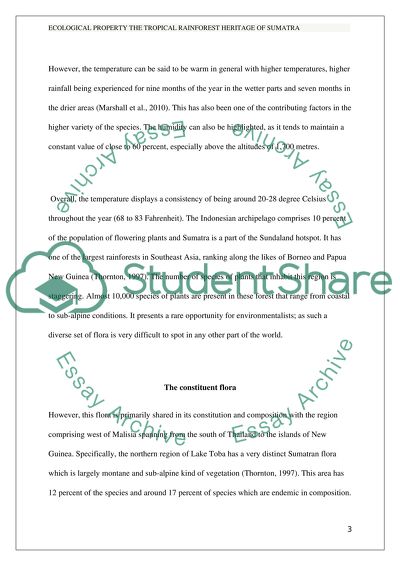Cite this document
(“Ecological property the Tropical Rainforest Heritage of Sumatra. A Essay”, n.d.)
Retrieved from https://studentshare.org/biology/1457681-ecological-property-the-tropical-rainforest-heritage-of-sumatra-a-study-on-the-flora-and-fauna
Retrieved from https://studentshare.org/biology/1457681-ecological-property-the-tropical-rainforest-heritage-of-sumatra-a-study-on-the-flora-and-fauna
(Ecological Property the Tropical Rainforest Heritage of Sumatra. A Essay)
https://studentshare.org/biology/1457681-ecological-property-the-tropical-rainforest-heritage-of-sumatra-a-study-on-the-flora-and-fauna.
https://studentshare.org/biology/1457681-ecological-property-the-tropical-rainforest-heritage-of-sumatra-a-study-on-the-flora-and-fauna.
“Ecological Property the Tropical Rainforest Heritage of Sumatra. A Essay”, n.d. https://studentshare.org/biology/1457681-ecological-property-the-tropical-rainforest-heritage-of-sumatra-a-study-on-the-flora-and-fauna.


